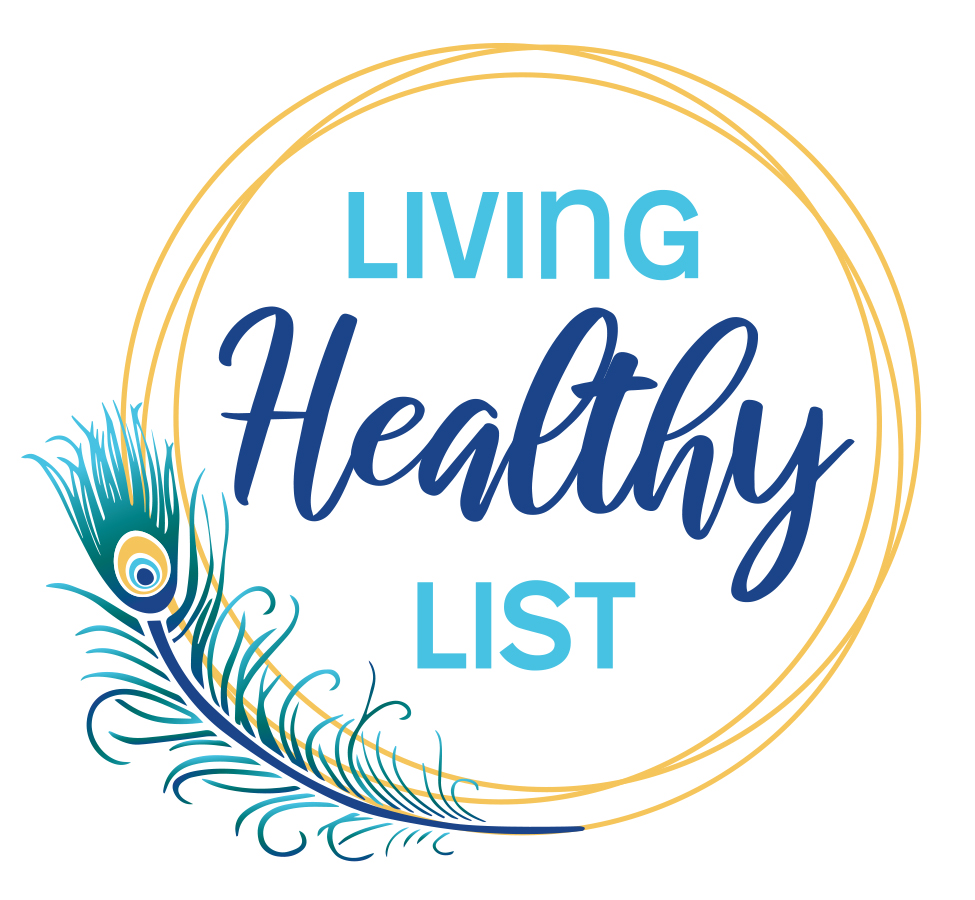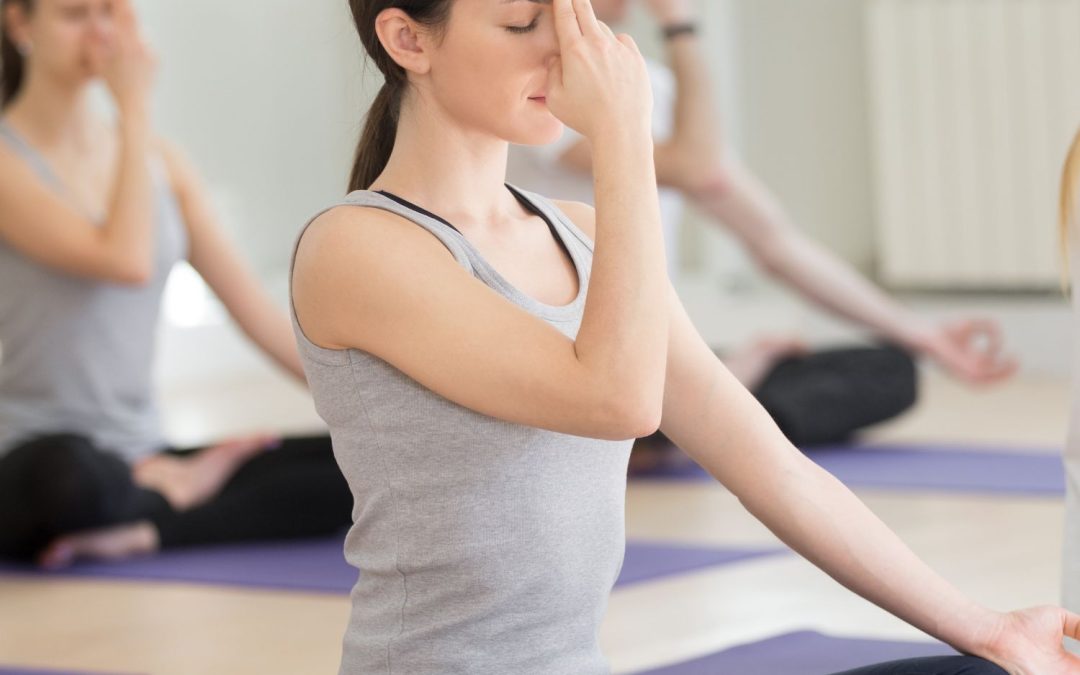Pranayama, a yogic discipline focused on breath control, is an incredible tool that can enhance your well-being and quality of life regardless of your relationship with a yogic practice. It is an integral part of yoga, however, that aims to harmonize the body, mind, and spirit. And this unique focused-breathing technique can yield incredible results. This blog post will explain how to use pranayama in your daily routine, with and without structured yoga practice.
Understanding Pranayama
Pranayama is a Sanskrit term where “prana” means life force or breath, and “ayama” signifies control or extension. Therefore, pranayama is essentially the control and extension of one’s breath. Practicing regularly can regulate your breathing patterns, calm your mind, improve your concentration, and balance your energy levels.
Incorporating Pranayama into Your Morning Routine
Starting your day with pranayama can help boost your energy levels and prepare your mind for the day ahead. Practice simple techniques like anulom vilom (a type of alternate nostril breathing) or kapalbhati (skull-shining breath) for about 10-15 minutes every morning. Remember to sit comfortably, keep your spine erect, and focus on your breath while performing these exercises.
Using Pranayama for Midday Stress Relief
Amid the hustle and bustle of daily life, it’s common to feel stressed and overwhelmed. A quick session can work wonders in such situations. Bhramari pranayama (bee breathing) is a great technique to release stress and anxiety and is one of the more common types of pranayama people enjoy. It involves closing your eyes, plugging your ears with your fingers, inhaling deeply, and exhaling while humming like a bee.
Implementing Pranayama into Your Evening Routine
In the evening, as your day draws to a close, pranayama can help you unwind and prepare for a good night’s sleep. Techniques like ujjayi pranayama (victorious breath) or nadi shodhana (channel cleaning breath) can help you relax and get more restful sleep. These exercises slow down your breathing rate, lower your heart rate, and calm your nervous system for deeper relaxation.
Conclusion
Pranayama is not just about breath control; it’s a journey toward self-discovery and inner peace. Finding ways to use pranayama in your daily routine can significantly enhance your physical health, mental clarity, and emotional stability.
Start with simple techniques, be consistent, and you will gradually master this ancient yogic and life practice. Remember, the key to successful practice lies in patience, persistence, and consistency. Embrace the process, and let the magic of pranayama transform your life.

